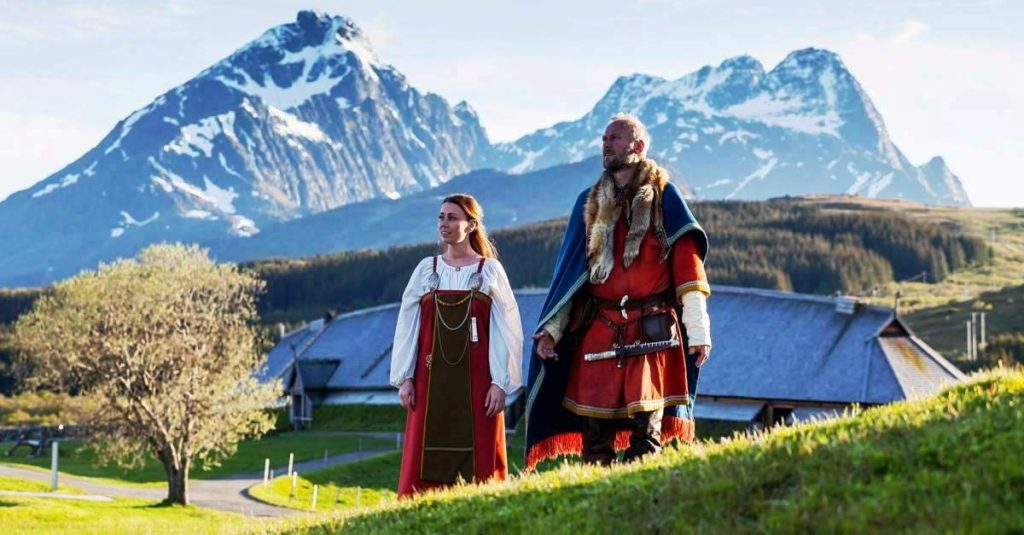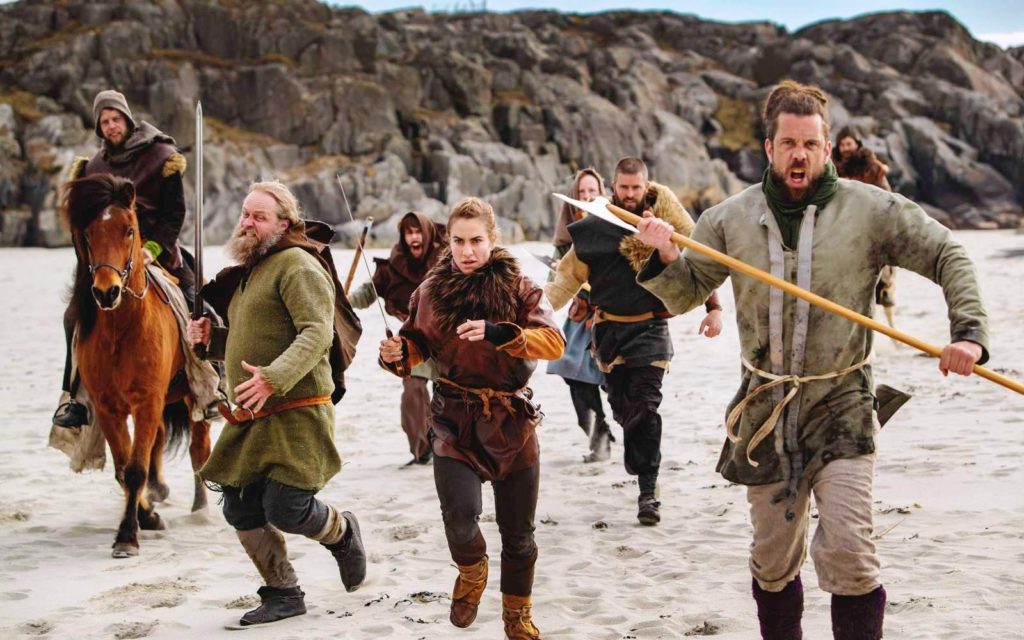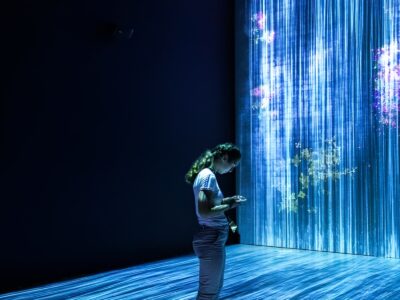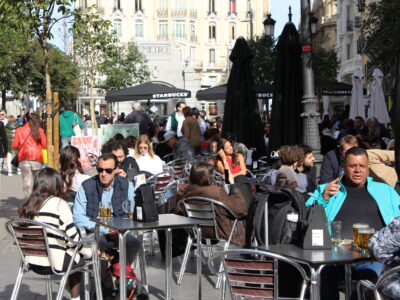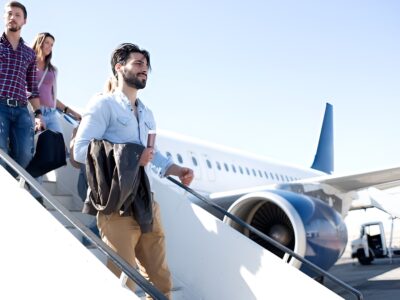The Kingdom of Norway, also known for high per-capita income, top rankings in human development, and lowest crime rate, is also an excellent tourism destination, with several unique features to lure tourists. Its Viking ancestry is one such marvel.
Indian tourists have not yet begun to explore Scandinavia in large numbers, but many would be able to quickly name a famous Viking movie. From the 1958 Kirk Douglas classic The Vikings to the 1999 Antonio Banderas starrer The 13th Warrior and the latest all-time favourite Chris Hemsworth’s Thor in 2011, Viking themes have played pretty well on screen for the Indian audience.
Partially thanks to the films, the interest in Vikings has been rising in India, just as across the globe. Cult films and recent Netflix serials have been key drivers of such a keen interest.
And, Norway, the home of the Vikings, has been quick to seize on the opportunities that this increased interest generates. It has put several Viking-related destinations and circuits on the global tourism map and not surprisingly, from newly discovered ships to living villages and high-tech exhibitions – Norway’s top Viking sites are now one of the most desired destinations people would want to visit, as per the social media trends.
Who were the Vikings

Their famously fast and light ships could be pulled ashore thus needing no harbour. This made Viking raids sudden, unpredictable, and nearly impossible to defend against. Starting with the raid on the British monastery at Lindisfarne in 793 AD and continuing for more than 200 years, the hardy Norsemen left their mark on history.
Why experience a Viking tour

Along with time travel back to history, brand-new Viking experience centres filled with cutting-edge technology also draw the young. One can attend a Viking festival or challenge his/her inner Viking in one of the many villages that have been recreated as open-air museums throughout Norway from south to north.
Oslo Region
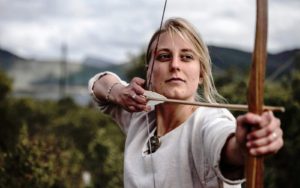
Fjord Norway
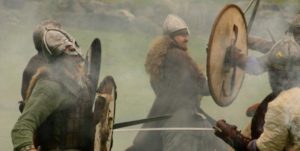
Trøndelag

This battle is recreated every July as an outdoor theatre event called The St. Olav Drama, coinciding with the traditional celebration of Olsok, a festival full of story-telling, concerts, food, markets, and everything else one needs to travel back in time and feel like a true Viking.
Northern Norway

Modern Vikings
However, there is a lot more to the Viking culture than plunder and violence. In the old Viking country on the west coast of Norway, there are people today who live by their forebears’ values, albeit the more positive ones. Thousands of Norwegians are now working to rediscover valuable, forgotten parts of their Viking heritage. Hundreds gather at Viking markets in Gudvangen or Avaldsnes – the historic home of famed king Harald Fairhair, to reenact living as Vikings and learn their crafts and trades. At Gudvangen, the Vikings have an undisputed king: Georg Olafr Reydarson Hansen. For almost 20 years he worked to establish the permanent Viking village Njardarheimr, which finally opened in 2017.
All these experiences put together under a well-curated guided tour can make a visit of a lifetime. A recent survey by GlobalData, an international data and research agency showed that millennial tourists will lead post-pandemic travel under the new normal situation in the post-Covid-19 world. Social media influencers among whom Gen Y and Gen Z form a considerable chunk will set the trend for the upcoming leisure and holiday patterns. Current trends show that these types of unique adventure experiences are already getting a lot of eyeball attention in social media. And even during the pandemic, Visit Norway, the national tourism organisation of Norway, has kept its Viking history in people’s mind through several campaigns such as #DreamNowTravelLater. It reminds the Indian adventure seekers that there are enough good reasons for them to head to Norway, besides excellent food, cool weather and dramatic settings for enjoying an exotic Viking holiday.
Photos: Visit Norway









